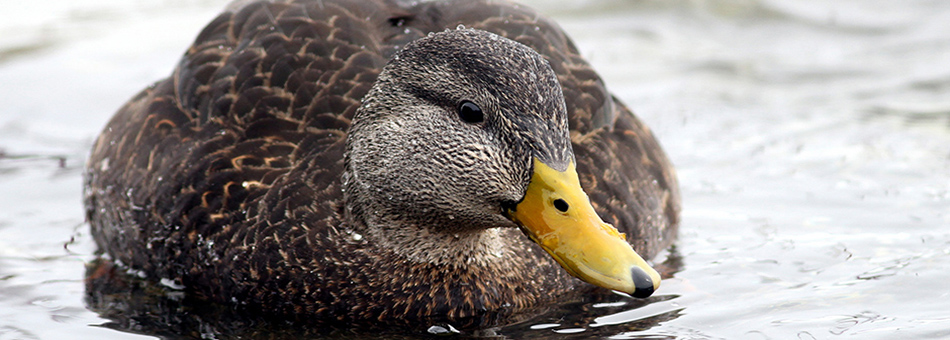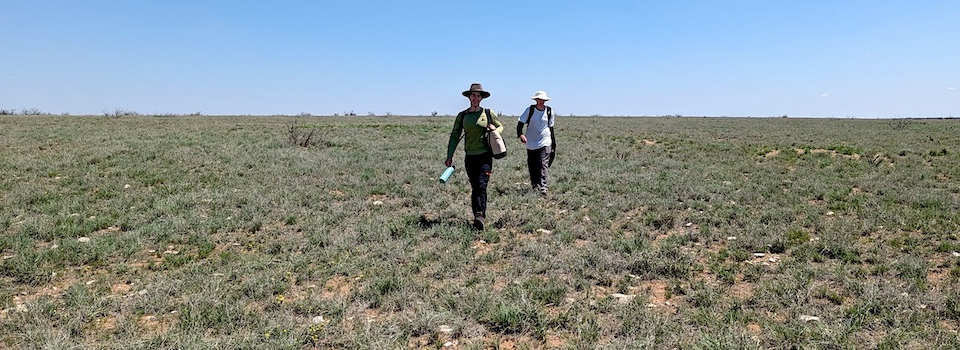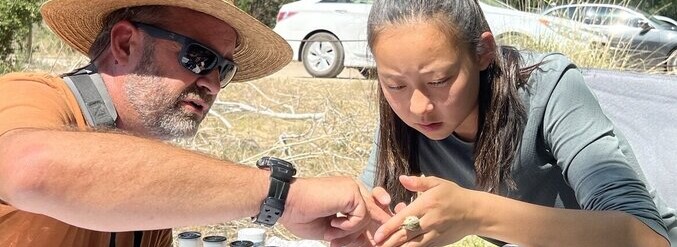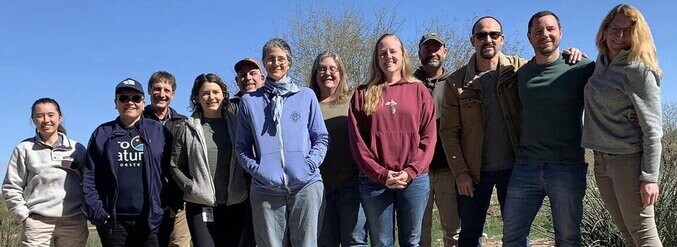For several years Kirsten Luke and Tim Jones have used the research efforts by the Black Duck Joint Venture (BDJV), Ducks Unlimited (DU), state agencies, and academic partners to understand the habitat use, energy budget, and energetic carrying capacity for American Black Ducks wintering in the Atlantic Coast Joint Venture. Now ACJV staff and partners are working with the Chesapeake Bay Program (CBP) to ensure that the results of this research are put to good use to guide habitat delivery on the ground.
The Chesapeake Bay Watershed Agreement of 2014 established an outcome of securing and managing habitat capable of supporting 100,000 black ducks by 2025. ACJV staff is working closely with CBP partners to develop a workplan for the Black Duck Management Strategy that articulates how much habitat is needed in the Chesapeake Bay watershed to reach the black duck population objective, and highlight the best areas for partners to focus their work.
The CBP is supporting work by Pat Devers (BDJV), John Coluccy (DU), and ACJV staff and partners in the development of a Decision Support Tool (DST) that can be used to guide partner efforts on the ground in the most effective way possible. The DST will incorporate current landscape condition and expected change due to urban growth and sea-level rise, to show which areas have the highest habitat quality, and which areas are most likely to be lost or degraded in the next decade. As a result, partners will be able to target the most important areas for protection and restoration throughout the landscape, as well as plan for and implement marsh migration efforts to ensure that habitats are sustained over the long-term.
With support from the U.S. Fish and Wildlife and the Chesapeake Bay Program, we hope to have a working version of the decision support tool by May, 2016. Efforts to date have produced a preliminary focus area map that identifies high density of black duck food availability (i.e., energy) and incorporates the expert opinion of partners who have surveyed black duck populations, overlaid with a vulnerability index of growth and development. Continued CBP support will allow for further refinement of this map at a scale that can be applied to local decisions about where to focus habitat conservation work so that it provides the greatest benefit to wintering black ducks. Ultimately, this collaborative effort will help leverage partner funding across the watershed to acquire and restore $3-5 million worth of habitat per year. Not only will work in these priority areas provide important black duck habitat, it should also support many other highest-priority saltmarsh- obligate species like Saltmarsh Sparrow, Seaside Sparrow, and Black Rail.






